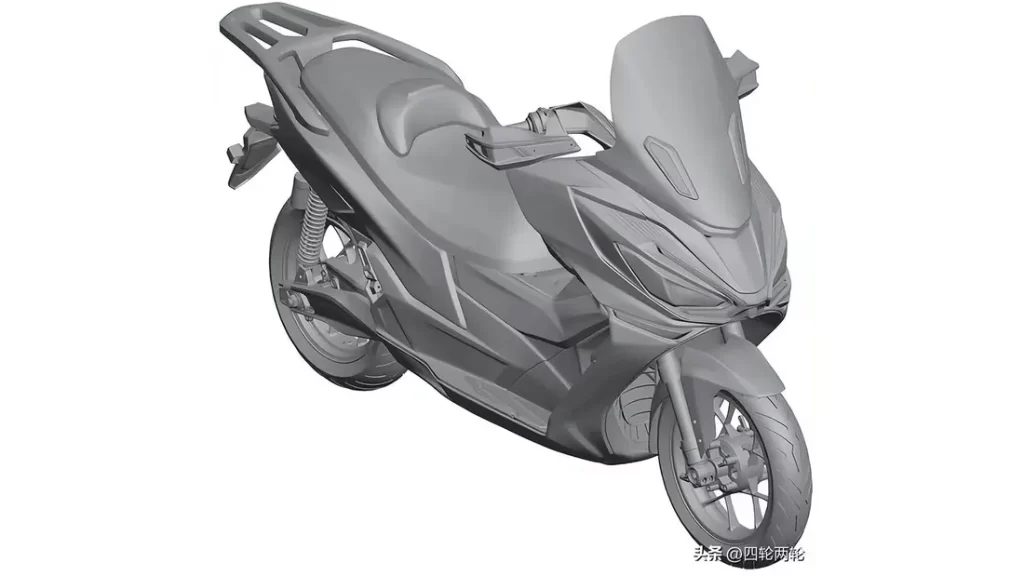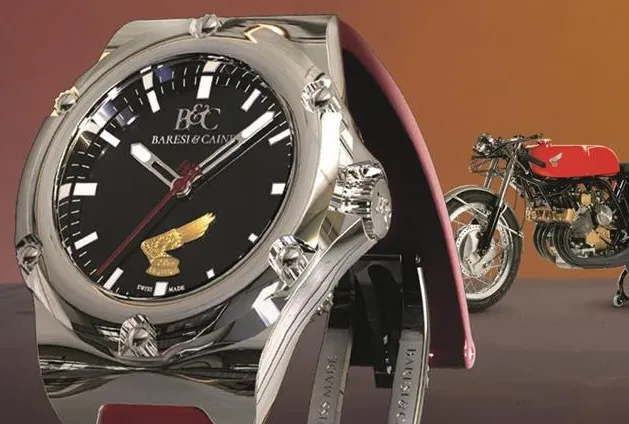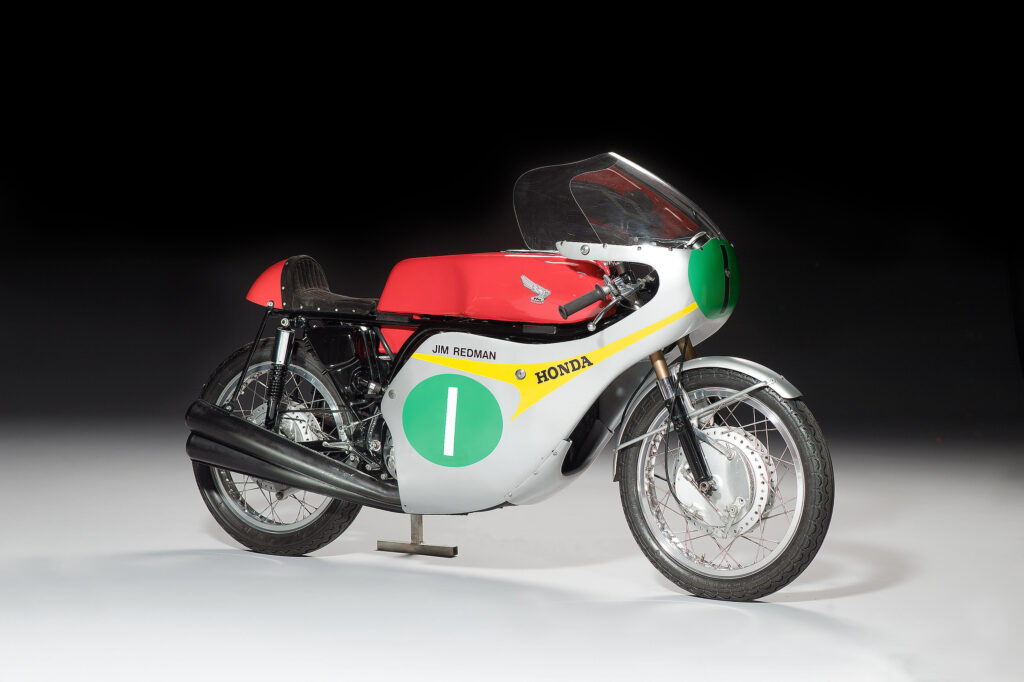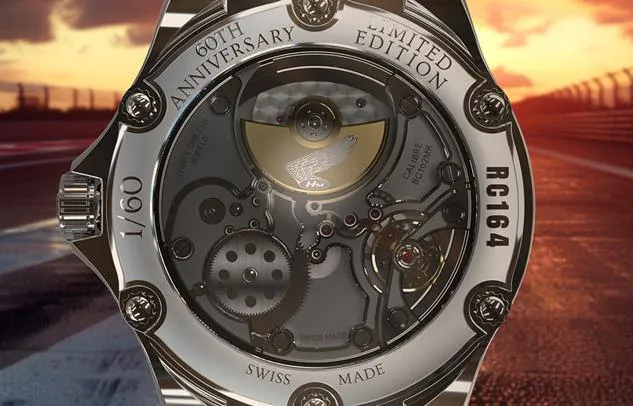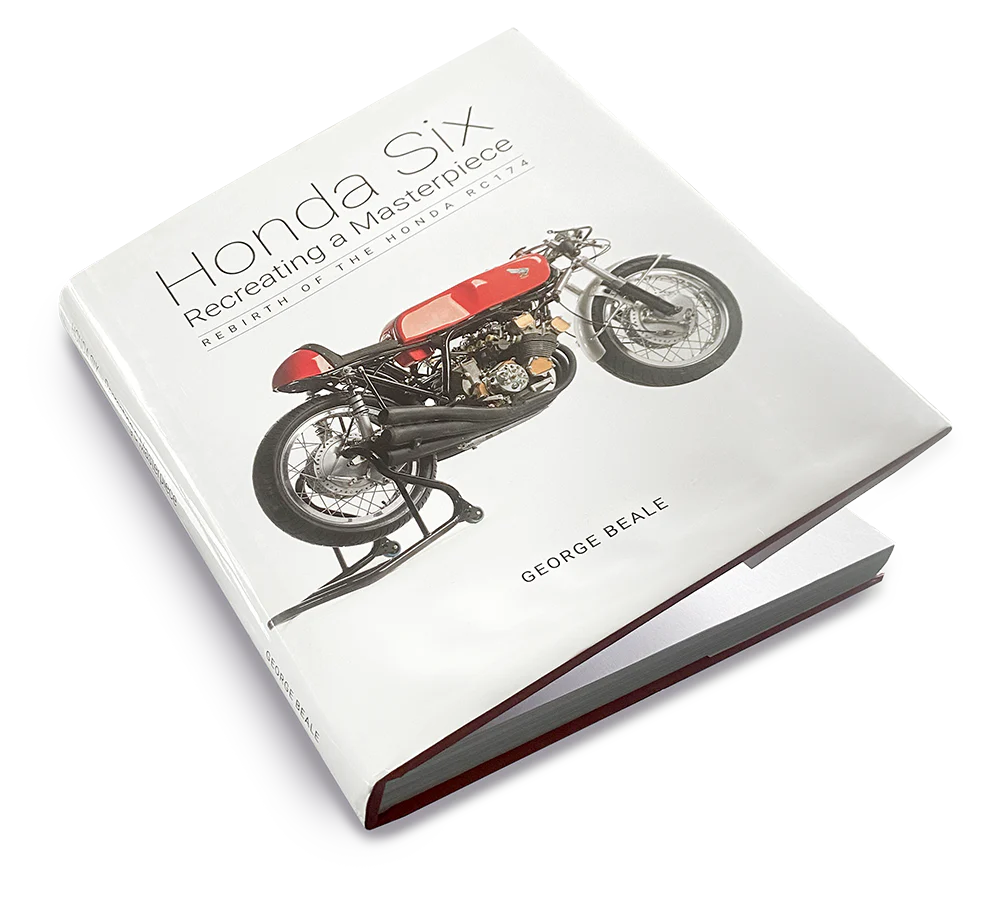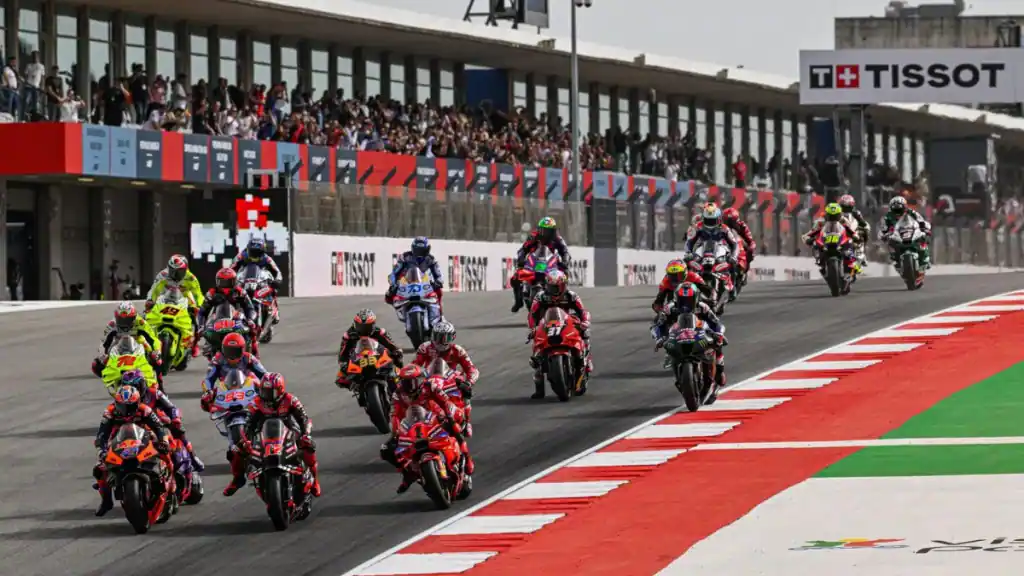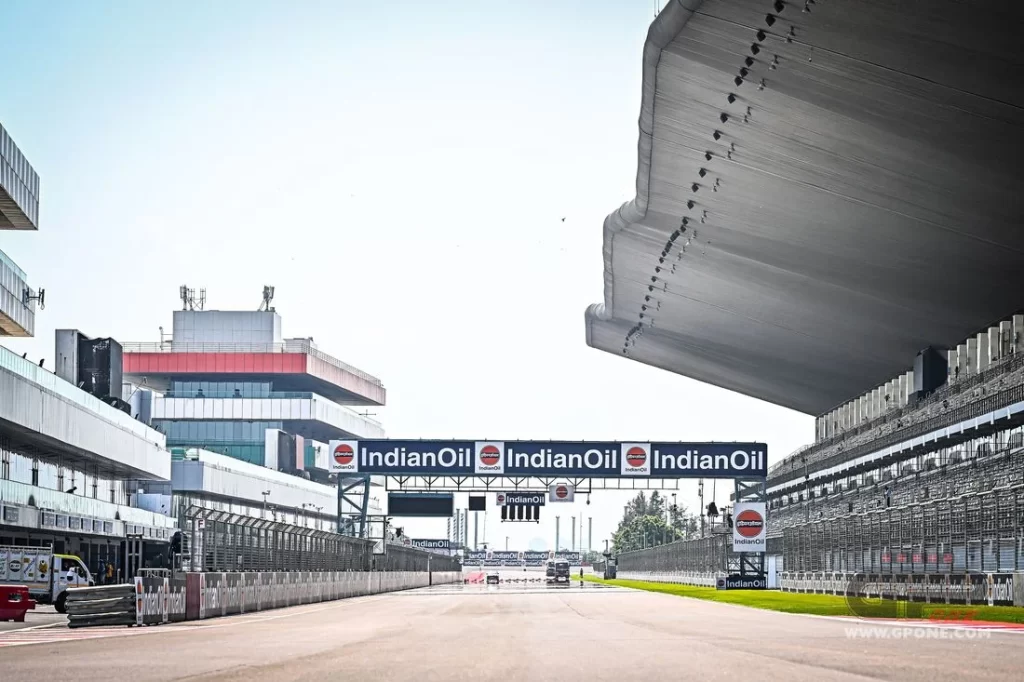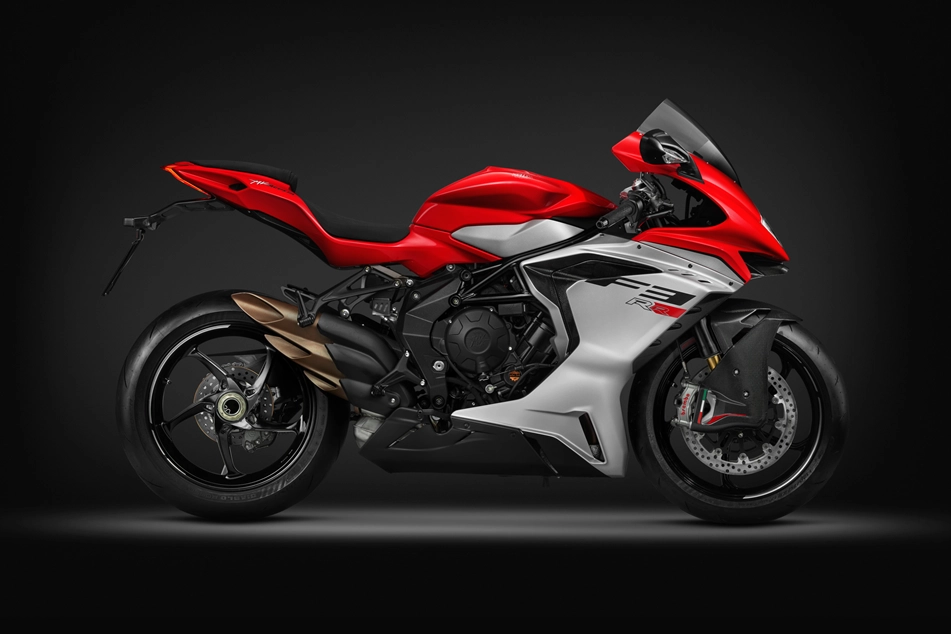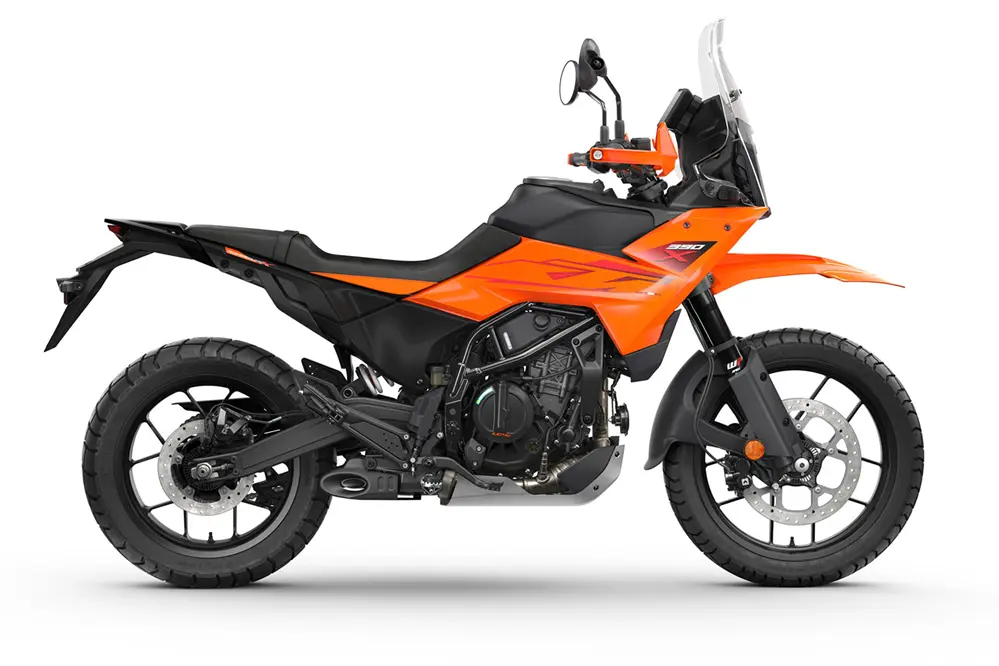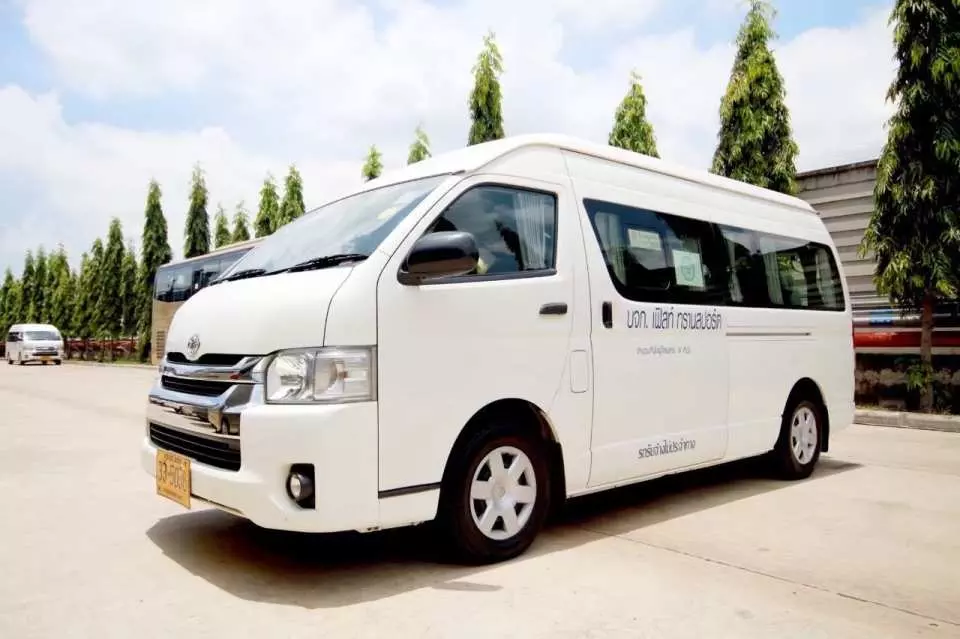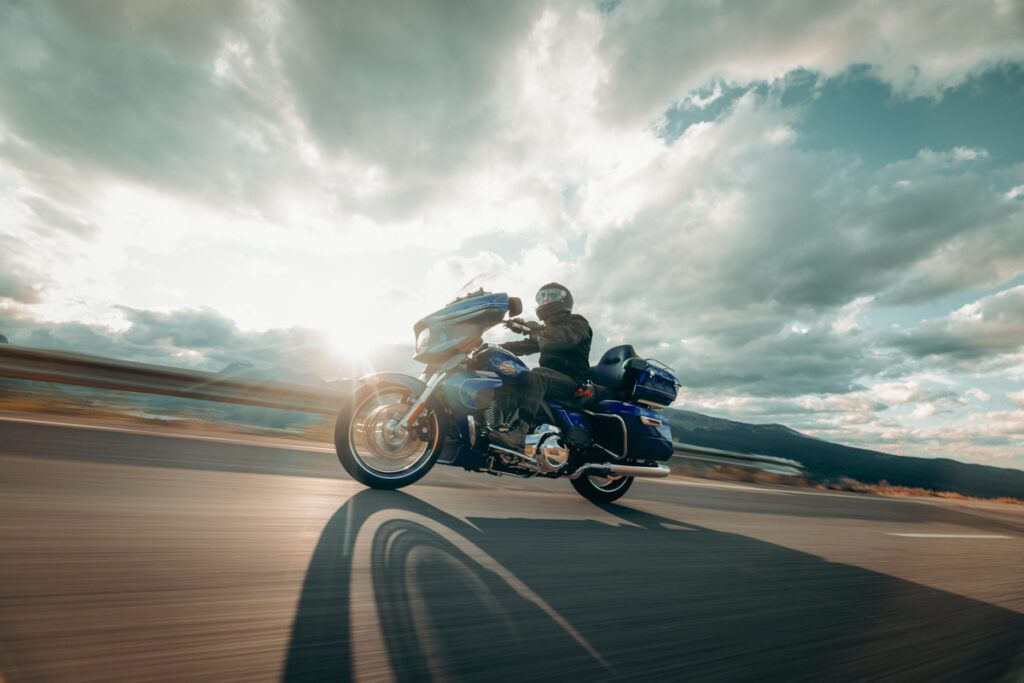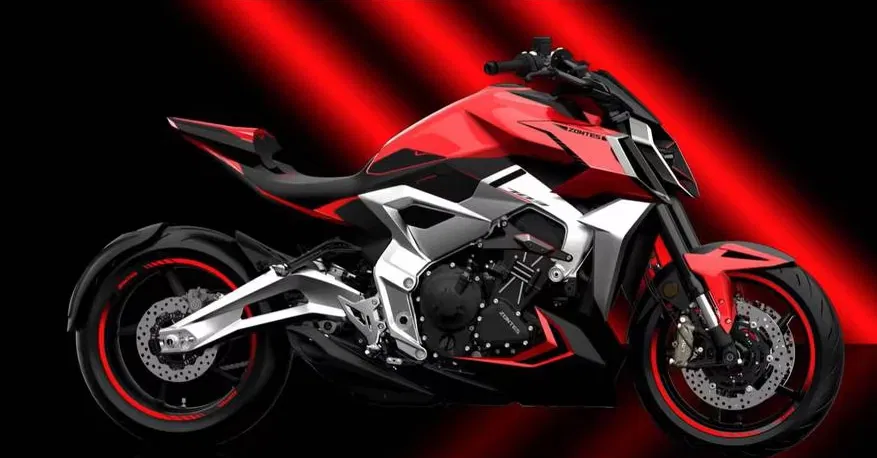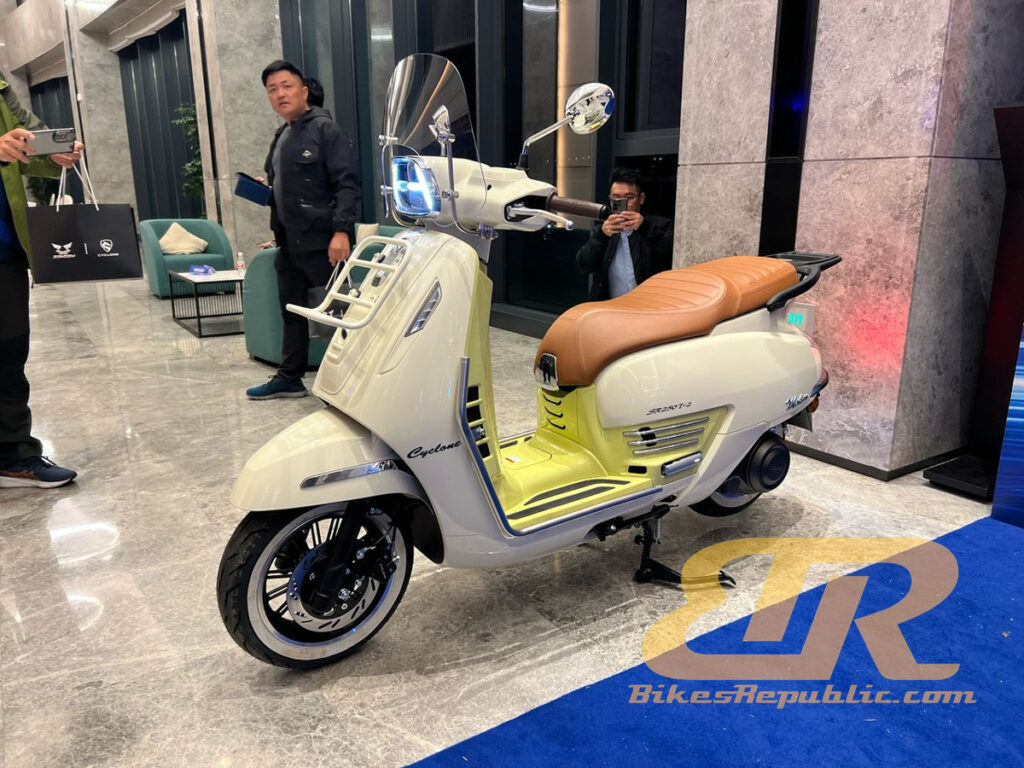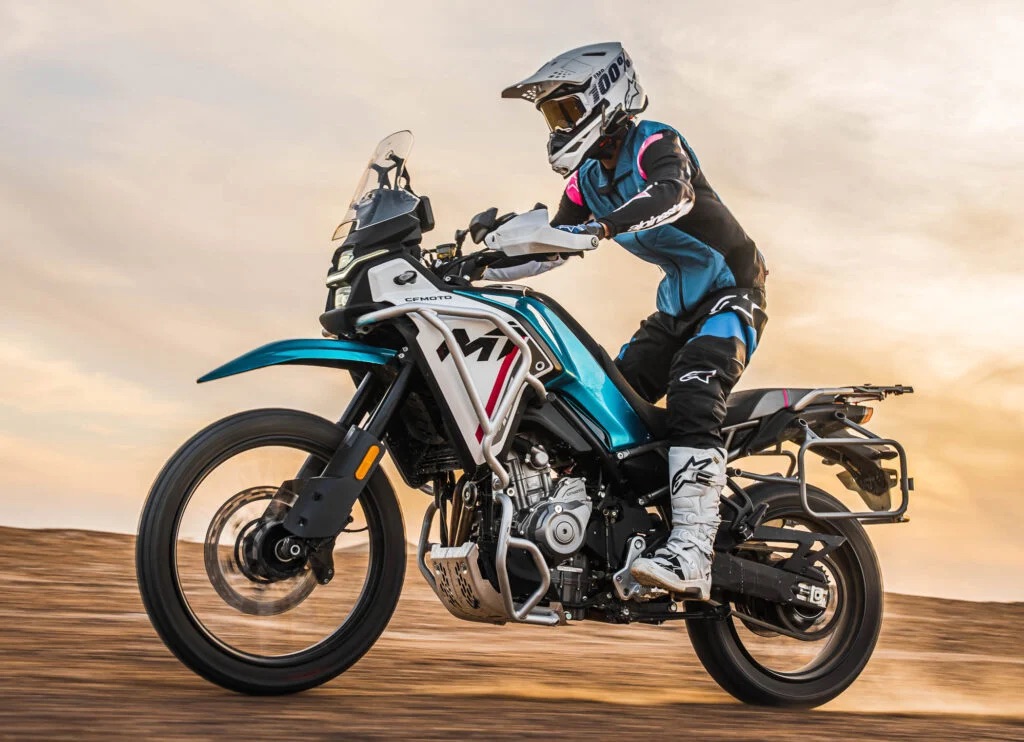Hong Leong Yamaha Motor Sdn Bhd (“HLYM”) launched its highly anticipated Yamaha PG-1 (Playful Gear 1) bike last month, redefining standards for adventure riding. The PG-1, which comes with a rugged yet classic look, is easily customizable with accessories to match the rider’s personalized style for an elevated riding experience. In an exciting twist, HLYM is pleased to introduce the four different personas of the PG-1 which reflect the diverse lifestyles and preferences of motorcyclists, emphasizing the bike’s versatility to cater to every kind of adventure.
Persona 1: Adventure Seeker
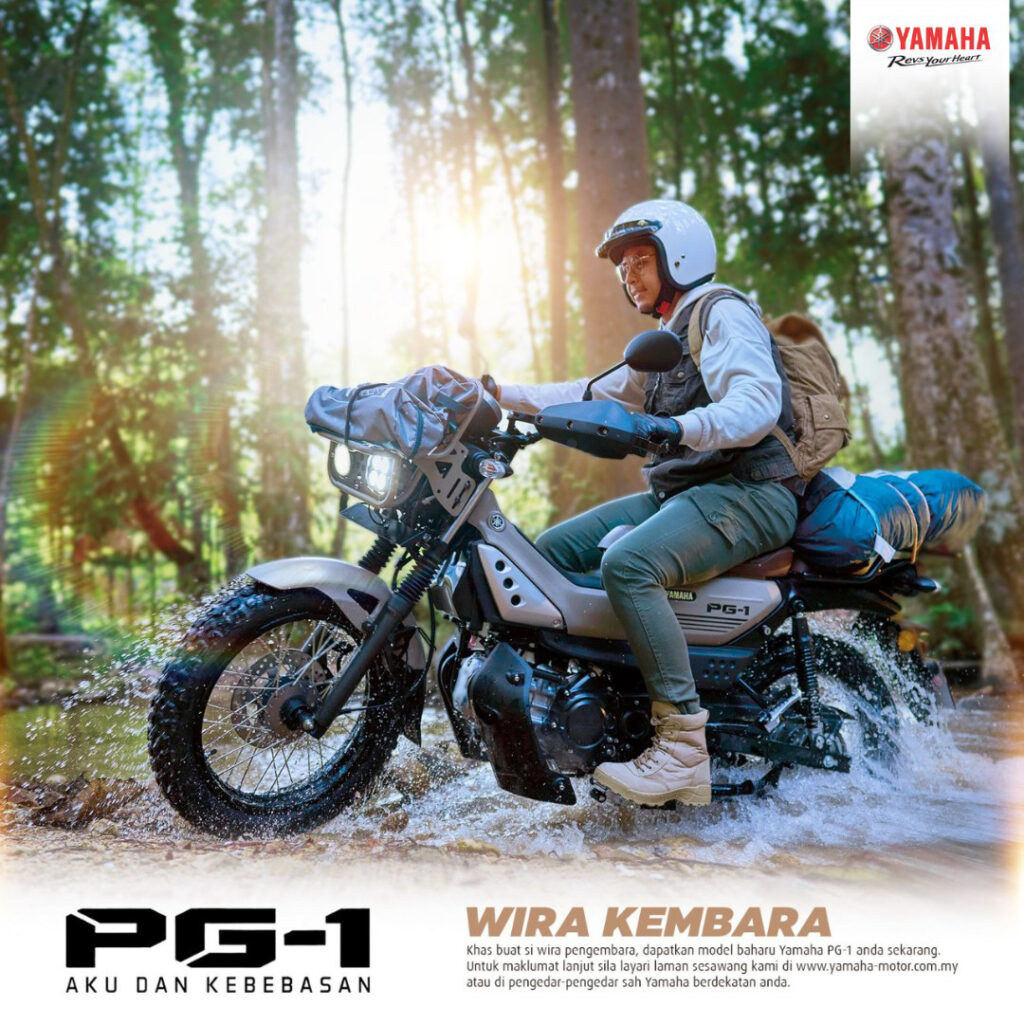
The Adventure Seeker craves the thrill of adventure beyond the urban landscape. When the weekend arrives, he swaps the city life for freedom on the open road, driven by a desire to explore nature. With the Yamaha PG-1, he explores off-beaten tracks, reconnects with the wild outdoors and immerses himself in the natural beauty of Malaysia’s tropical forests.
Persona 2: Urban Classic
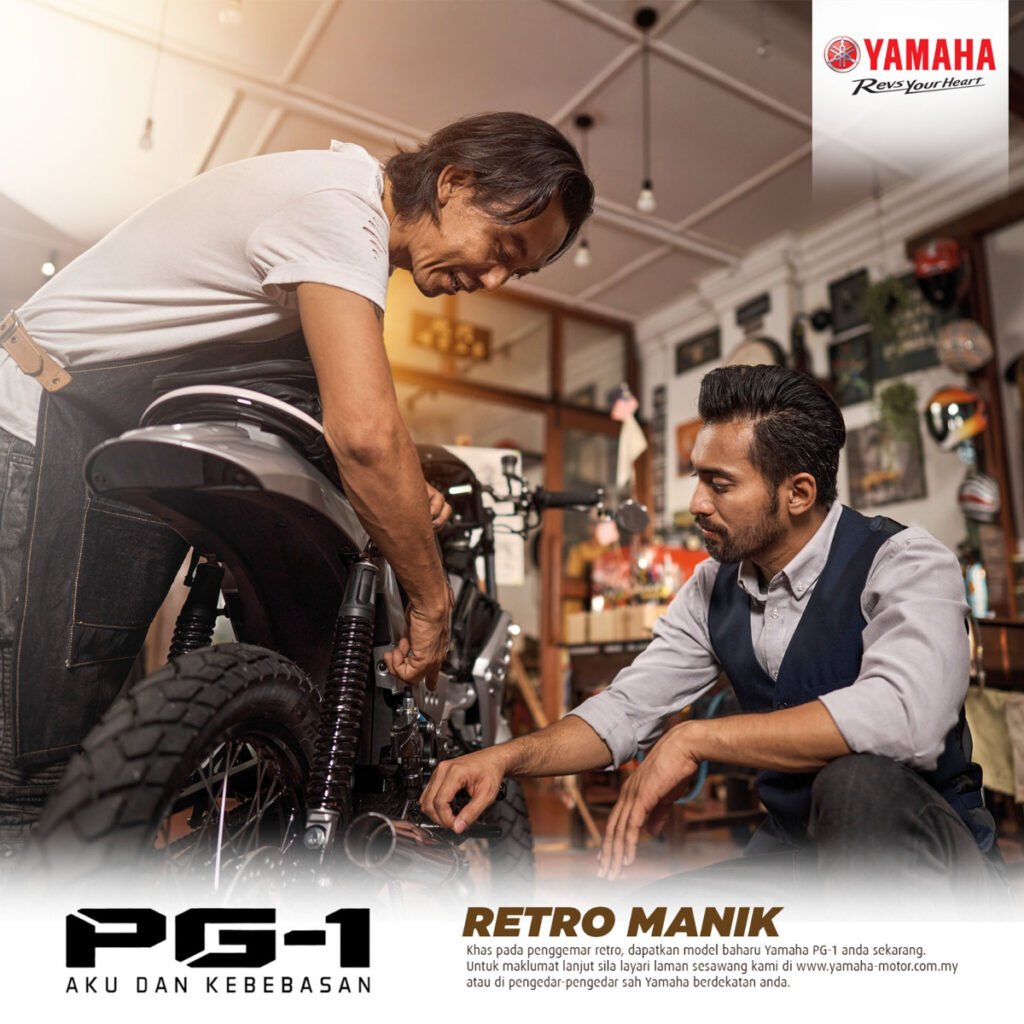
The Urban Classic is dashing and elegant, effortlessly balancing a love for exploration with a commitment to style. The Yamaha PG-1 is more than just a mode of transportation to him; it’s an extension of his refined tastes. This modern gentleman looks forward to uncovering Malaysia’s hidden gems on the PG-1, confidently navigating through rural and urban landscapes with a sense of purpose and elegance.
Persona 3: Culture Vulture
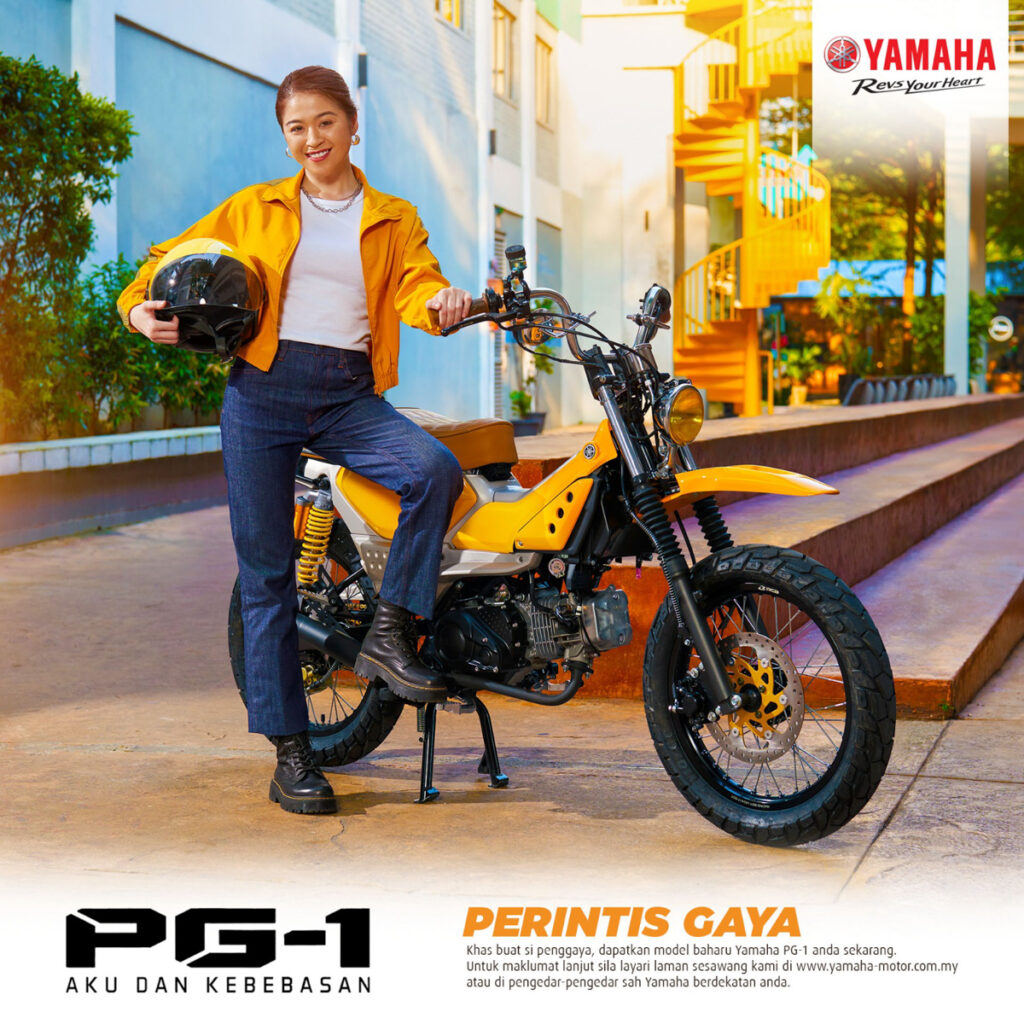
A lover of art, fashion and culture, the Culture Vulture is always on the lookout for charming hideaways, cozy cafes and beautiful street art that tell a story. With the Yamaha PG-1 as her trusty travel companion, the Culture Vulture explores urban landscapes while sharing her adventures on social media to capture the beauty in everyday moments.
Persona 4: Street Adventurer
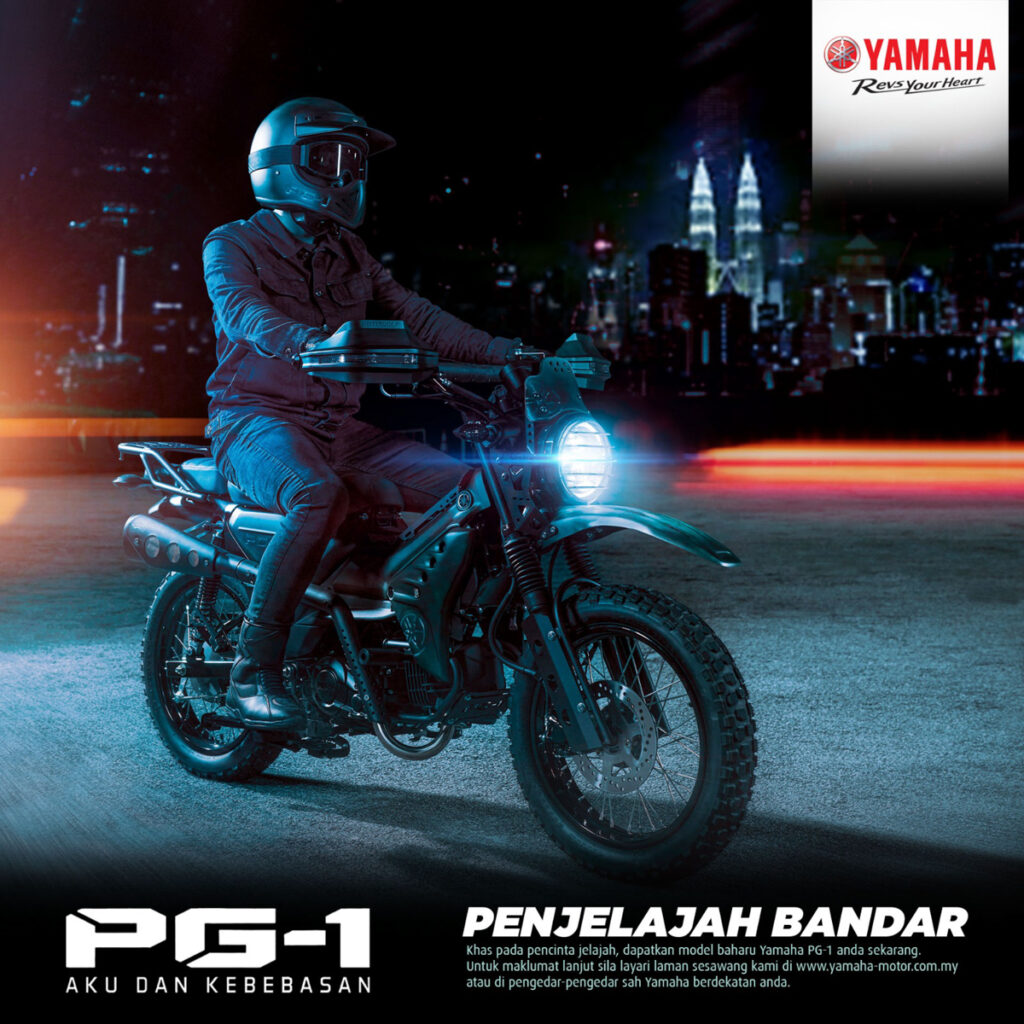
Embracing the excitement of the city after dark, the Street Adventurer embodies a unique blend of mystery and adventure. He effortlessly glides through the city on the Yamaha PG-1 as he seeks out cool destinations that are bustling with nightlife. Whether it’s a midnight ride through neon-lit streets or an exploration to uncover hidden spots, the Street Adventurer balances urban sophistication with a spirited sense of adventure.
In line with its tagline, “Be Free, Be You!”, the Yamaha PG-1 is designed for convenient customization to suit the rider’s personal style. Riders who are gearing up for an exploration adventure can now get their hands on the GIVI PG-1 Exploration Pack at RM700 (limited to the first 500 units) or the Yamaha PG-1 Expedition Pack at RM1,200.00 (limited to the first 300 units). For those who wish to personalize their PG-1 further, they may be interested to check out Prelova Studio or Taymen Airbrushing.
TYM Accessories:
Recommended Retail Price: RM1,200 (Value: RM1,800) – Limited to 300 units only.
• Hand Guard Kit;
• Hand Guard Cover Kit;
• Front Carrier;
• Sub Frame Kit;
• Leg Shield Kit.
GIVI Accessories:
Recommended Retail Price: RM700 (Value: RM1,200) – Limited to 500 units only.
• Side Bag;
• Handlebar Bag;
• Duffle Bag;
• Bracket for Side Bag;
• Rack for Duffle Bag.



